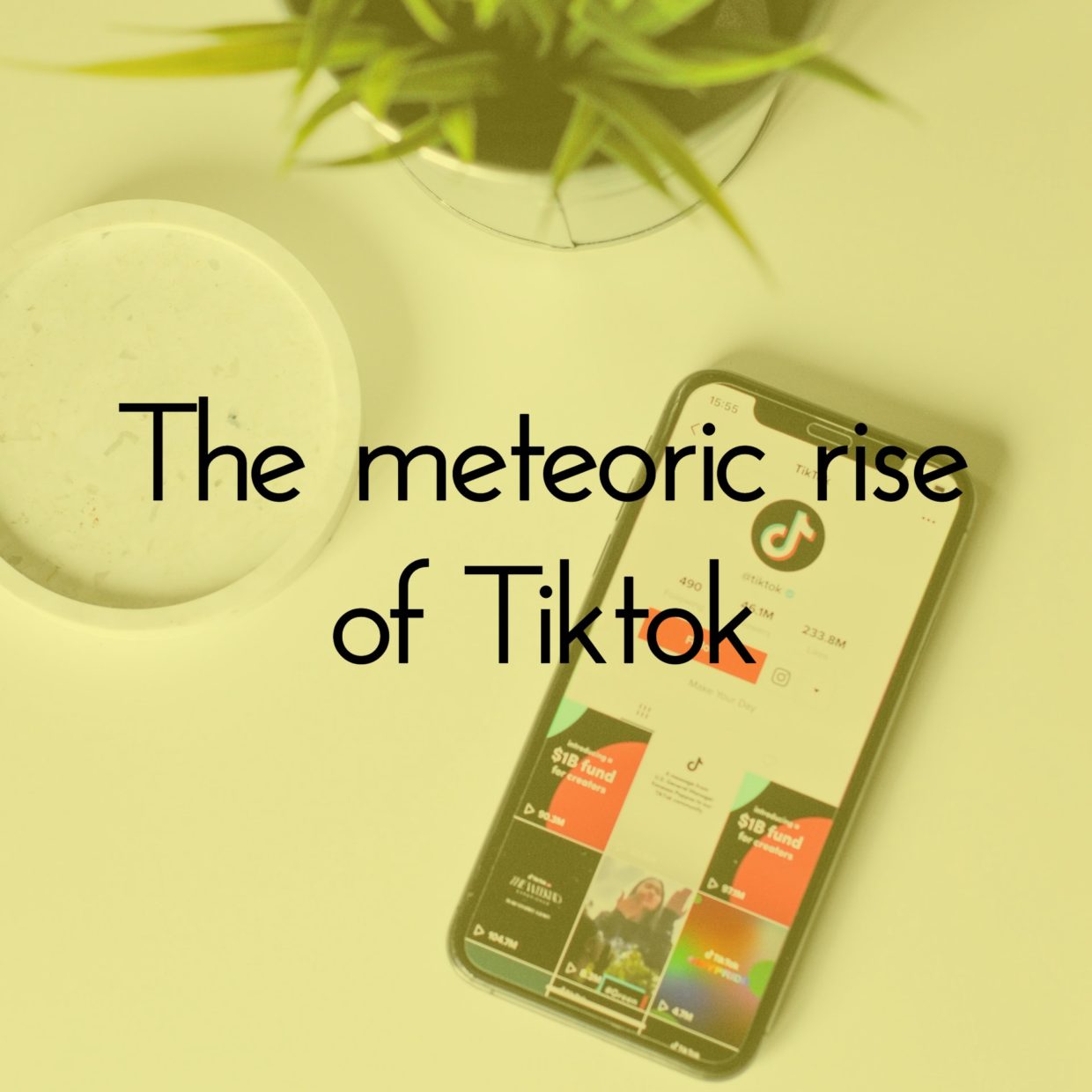We all know that trends move really fast in the digital age; what’s more, the pace is accellerating and nothing proves it as much as the meteoric rise of Tiktok.
Anyone who follows the evolution of the digital landscape knows that Tiktok is quickly becoming a very influential channel for fashion. Thanks to a robust advertising strategy in the US and with the help of the lockdown, Tiktok has become one of the fastest growing social media networks in 2020. In just 6 years since its launch, the app has passed more established channels such as Twitter, Snapchat and Pinterest, to become the 7th largest social media network in the world with 689 millions active monthly users and over 2 billion downloads. To reach this growing audience, fashion brands need to take notice and start adapting to the quirky communication style of this digital channel.
What is Tiktok
Born in 2016, in Shanghai (China) as Musical.ly, it was originally a video karaoke app that quickly gained traction among teens in the US. In 2018 the app was acquired by ByteDance that later rebranded it as Tiktok, also known as Douyin in its home market. The relaunch switched the focus away from purely musical videos to short videos. The app main markets are currently the Americas and Russia; and while the core audience is the 16-24 years old (41%), adult users have also grown 5.5 times in 2019 (Marketingcharts 2019).
Tiktok: brewing a revolution in fashion advertising?
In a handful of years Tiktok has become the main cultural medium of GenZ, the place where they go to look for inspiration and entertainment. By the look of it, this channel is poised to affect radically the language and aesthetics of fashion advertising.
Let’s start from the beginning: what makes videos popular on Tiktok? The most successful Tiktokers usually have one or both of these qualities: good moves and humour.
True to its beginnings, music still plays an important part on this medium, especially in the form of choreographed viral dances.
Another defining trait of this generation is its odd sense of humour. From the prank on Donald Trump’s electoral rally in Tulsa to the endless series of family life sketches, whether on others or on themselves, a good laugh seems to be a favorite form of expression.
In the fashion space, #outfits are the most popular type of video. By pausing the video between changes, they create an the effect similar to leafing through a fashion magazine at 21st century speed, and by the way, true Tiktokers always close it with a final kick up, one of the medium’s many signature moves. Unlike fashion magazines, the interactive element is always present and the creators constantly engage their audience and peers by launching challenges (eg: outfits inspired by emojis) or prompting requests for future topics.
This brings us to another important aspect of Tiktok culture: authenticity and accessibility. Tiktokers are not obsessing with the latest designer must-haves but thrifting, how-to tutorials are very popular. Not surprisingly given the age of the audience, affordable fashion brands are performing very well on this channel. Creators are not afraid to offer glimpses of their real lives without makeup and often laugh at their bloopers with their audience, thus offering a refreshing break from the perfect lives presented by influencers everywhere else.
Tiktok audiences and influencers
Indeed, Tiktok’s approach seems to a different from what we have become familiar to thanks to Facebook, Instagram and the blogger phenomenon.
Firstly, the diversity of styles and ethnicities is more visible. The app opens on the For You Page which seems to operate not exclusively on a popularity/similarity algorithm. This way, Tiktokers with a few followers can also collect a lot of likes and comments on some of their videos.
The variety extends to gender (LGBTQ+) and age – yes there are some baby boomers like @fashion_grannies making it to stardom on Tiktok.
The fast rise of this social network has clearly found fashion big names unprepared. Some like Adidas and Levi’s don’t have active accounts yet, others, like H and M, Diesel, Vogue, whose accounts don’t reach 100k followers, dwarf compared to top influencers like Wisdom Kaye (@wisdm8), Nava Rose (@the.navarose) and a slew of teens/young adults boasting audiences in the millions. However, it’s not just a matter of presence and numbers. By looking at their feeds, it is clear that fashion brands are stuck in the aspirational advertising model, i.e.: videos shot with models showing clothing as in a fashion showroom, and are struggling to adapt to Tiktok’s language and spirit. The numbers show that brand videos are successful when done by Tiktokers or, as Gucci has done recently, are able to weave a sense of humour and self-irony in their videos.
(This article was originally published on Sportswear International)
[/vc_column][/vc_row]